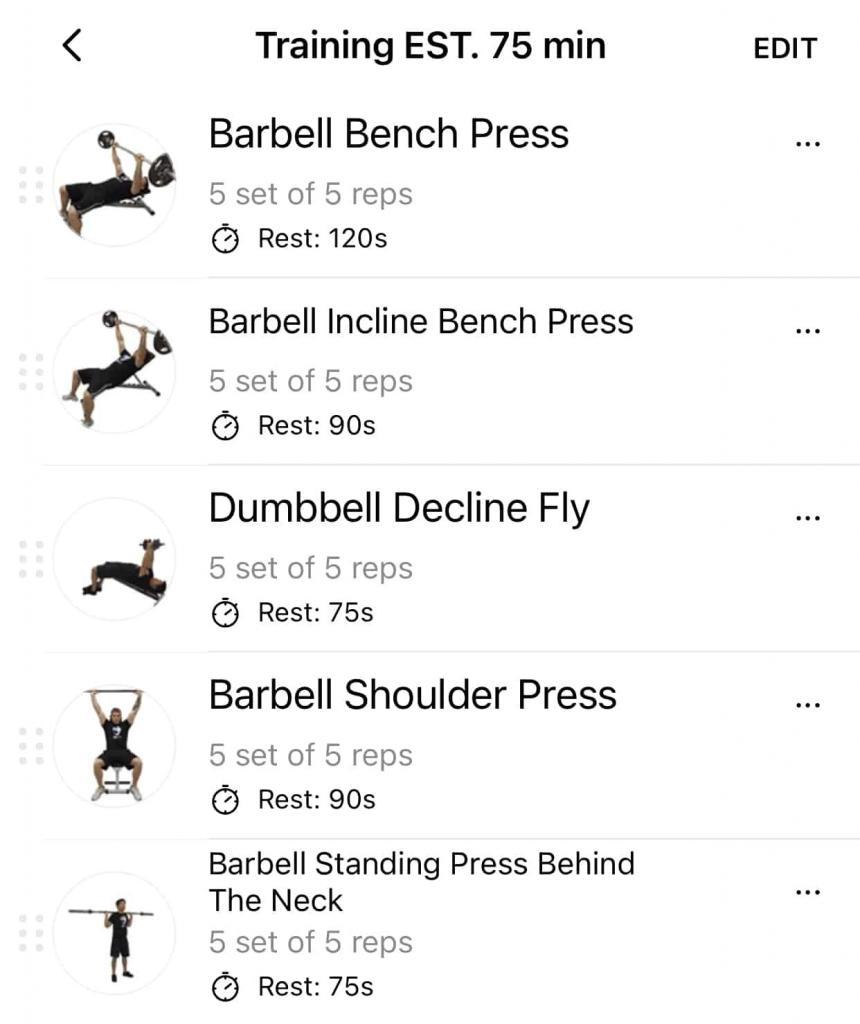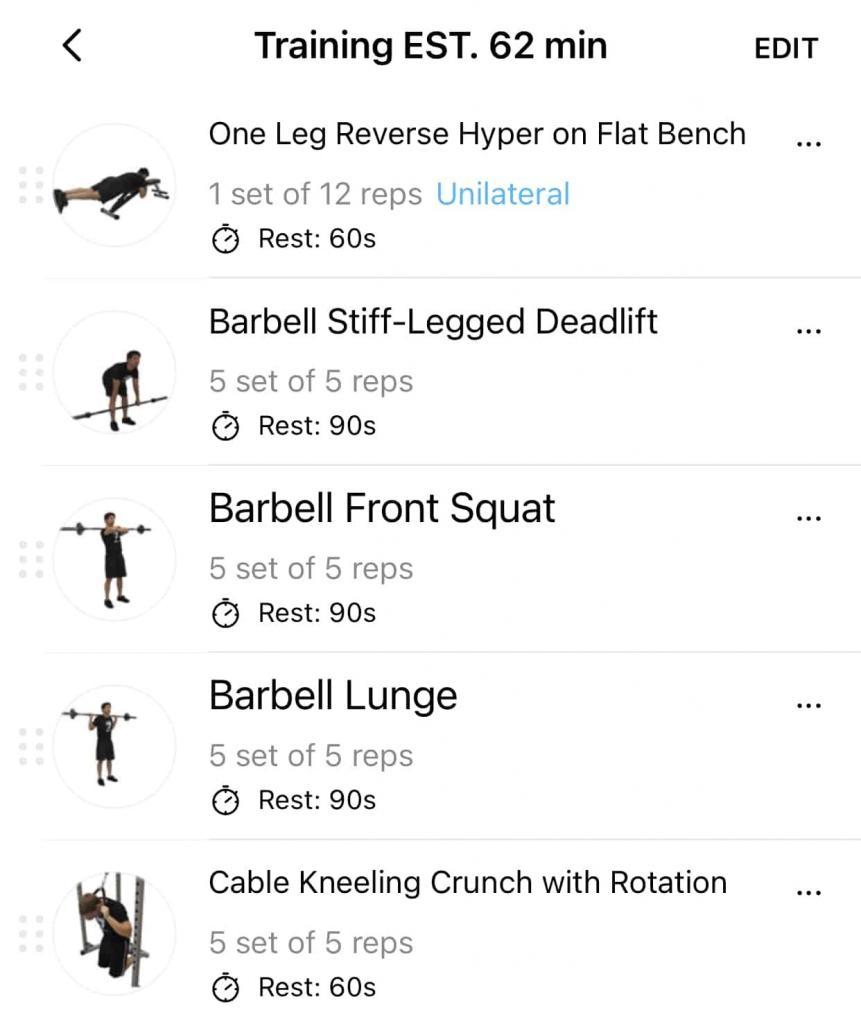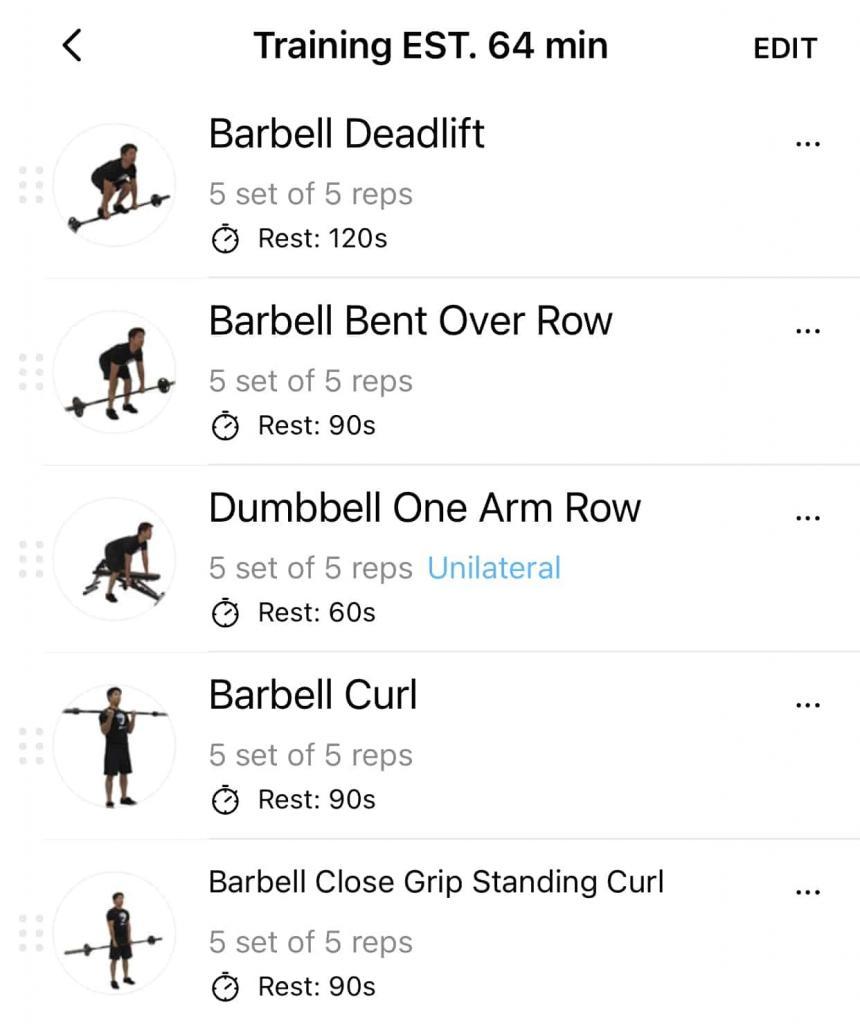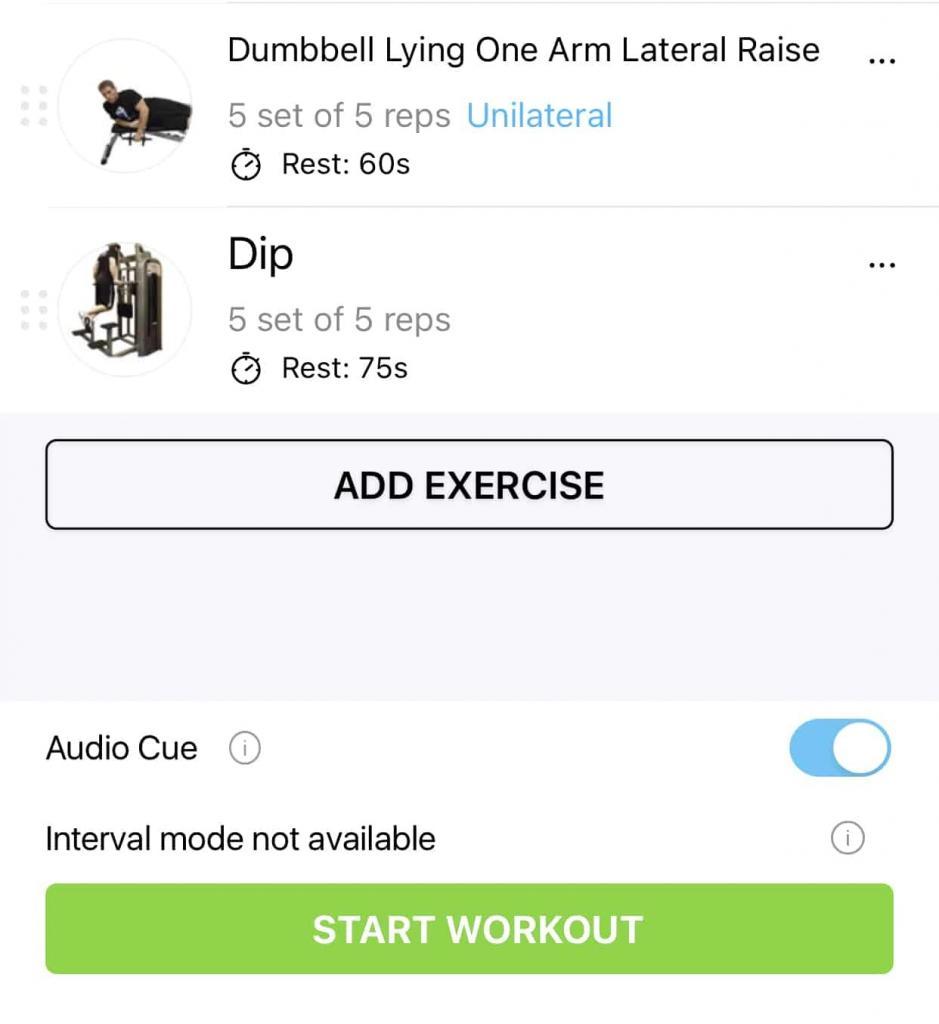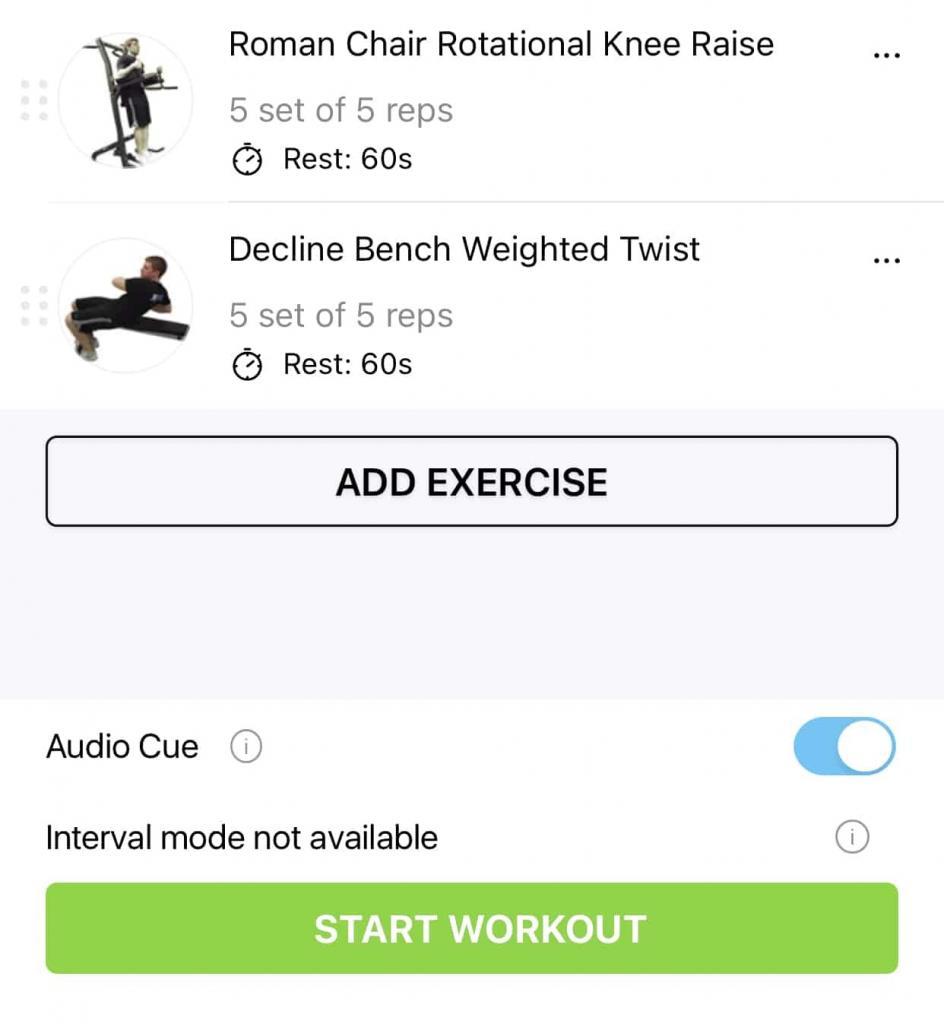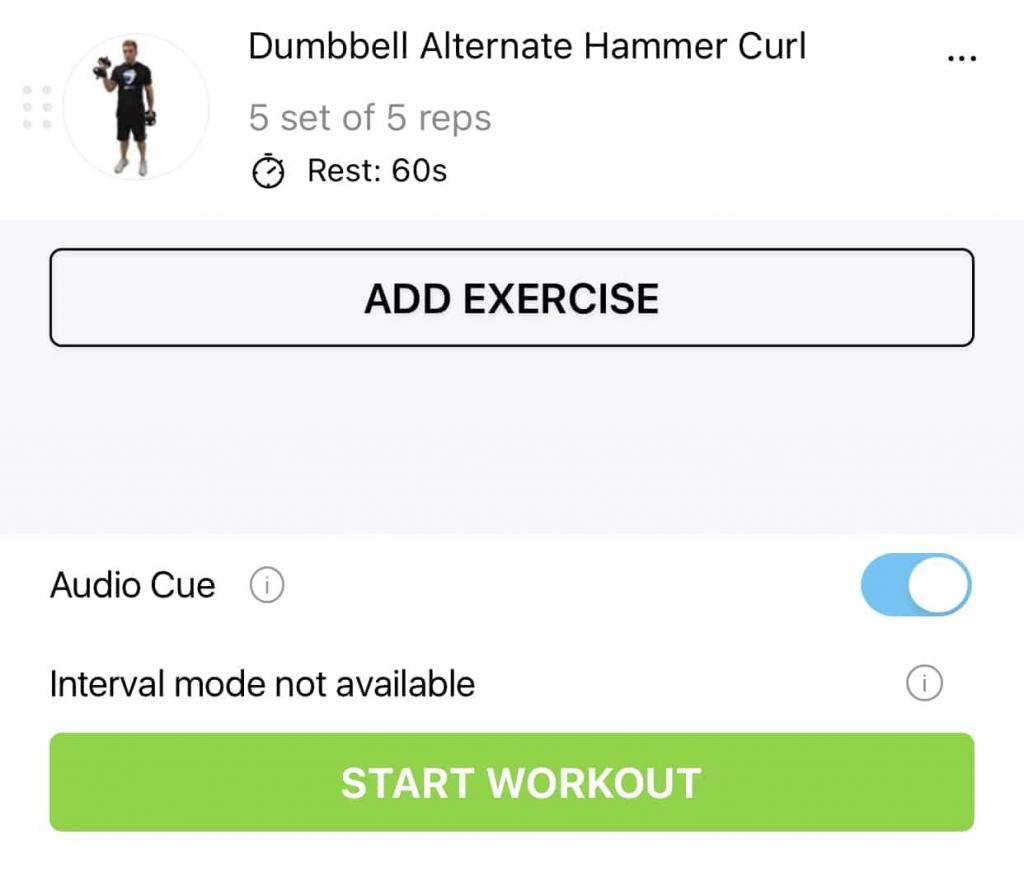The benefits of strength training performed on a weekly basis are well documented in the scientific literature, magazines and on the web. There are many digital health & fitness companies who have apps that enable you to build strength training programs. With so much information coming your way, it can be difficult to choose the best plan that fits your needs. In this case, when talking about results, we’re referring to gains in both strength and muscle development.
15 Benefits of Strength Training
- Increases muscular strength
- Builds lean muscle mass
- Improves a muscle’s ability to take in and use glucose (blood sugar).
- Weight management
- Decreases body fat level (Improves muscle-to-fat ratio)
- Improves mobility and balance
- Reduces the risk of osteoporosis (increases bone density)
- Will boost your self-confidence and improve your body image
- Enhanced performance (on all levels)
- Improves sleep
- Decreases risk of injury
- Improves posture
- May reduce or prevent cognitive decline in older people
- Prevents or controls chronic conditions such as heart disease, arthritis, back pain, depression, obesity and pain management
- Increases lifespan
Take a look at the following 5×5 split routine found on the Jefit app. This particular weight lifting program was designed as a 3-day routine. Keep in mind, there are many other split routines you can find that offer 4-6 days versus 3-days.
Program Design: 5×5 Split Routine (3-Days)
All strength training sessions follow a 5×5 format using only two body parts to keep session times under an hour. The workout time range for the 3-day program was between 36 and 56 minutes. The recovery time between sets is a very important training variable that needs to be manipulated depending on load (sets x reps x weight). Adequate recovery is important in order to push that next heavy set. A key point to remember, using a short rest period of one-minute between sets means the muscle is only about 80% recovered. I used a 2:00 recovery time between most of the sets for this reason. That may have to increase if someone is using very heavy weight for all their exercises.
The routine gets its unique name from “splitting” up specific muscle groups and associating those body segments to different days of the week. The idea behind the design of this routine was to couple a leg day with pulling movements that overload the back on Day 1. The second day includes push movements that target the chest with a pull and push for the arms. On day 3 you have pressing movements that target the shoulders with a few core exercises. This routine is only a snapshot for one-week of training.
The 5×5 program used the following 3-day split format over the course of a week:
Legs & Back (4 exercises) – Day 1
Chest & Arms (4 exercises) – Day 2
Shoulders & Core (5 exercises) – Day 3
Sets and Reps. Scheme
Be realistic when designing any exercise program regarding the number of sets and repetition you use. More is not always better. Different exercises, sets, repetitions and recovery time will effect both short and long-term outcomes. Using a 5×5 setup gives you 25 repetitions per exercise and two movements per body part brings that repetition total to 50. That is more than enough to overload a muscle using a 5-RM. Many programs out there, when looking at sets and repetitions, equate to unrealistic expectations regarding length of workout. Here is a nice article on how to perform a 5-RM bench press test.
There are four important design elements regarding this particular 5×5 split routine. They are: (1) the use of compound movements, (2) large muscle groups, (3) the use of 5-RM on all exercises, and (4) sufficient recovery time. A 5×5 split routine is popular and has been shown to build strength and muscle size over time. Special emphasis should be placed on your 5-RM in this strength training routine. During anytime in the program, if you’re able to surpass five repetitions for any exercise – that’s right – you need to increase the weight. If for example, an exercise on your “core” day (see below) is too light – then hold a weight plate or wear a weighted vest (if available) to challenge yourself more. See the design and layout below.
Jefit 5×5 Split Full Body Program
In case the first program does not peak your interest, here is a second 5×5 program Split that the Jefit team recently released.
This is considered a classic 5×5 strength training program designed to build muscle and add size. Each day focuses on different muscle groups (see below), you’ll perform three exercises for each body part (other than triceps). **IMPORTANT** Remember to use a heavy enough weight that will enable you to complete no more than five repetitions per set (probably 80-85% of 1-RM). Each workout session should take between 60 and 80 minutes to complete.
Program Design
Chest/Shoulder/Tricep. Involves seven different exercises, 5×5 – Day 1
Legs and Core. Includes seven different exercises, 5×5 – Day 2
Back and Bicep. Complete six exercises, 5×5 – Day 3
I hope you enjoy the programs. If you have any questions on the above 5×5 Split Routine (3-day), now featured on Jefit app, or any other program for that matter, please reach out to me in the comment section on this blog or our online community via the app. Here is additional reading that you may find interesting on the topic of strength training. Be well and stay strong!
Use the Jefit App to Try More Programs Like These
Try doing what millions of others have already done, use the award-winning Jefit app as their workout log. This in turn, will help you meet your fitness goals. By providing an extensive exercise library, you can pick and choose your workouts according to your goals. You can also join our members-only Facebook group where you can connect and interact with your fellow Jefit members. Share your successes, stories, advice, and tips so you learn and grow together. Stay Strong!
- Whey vs. Casein: What’s the Best Protein for Building Muscle - April 18, 2025
- Four Popular Jefit Chest Exercises Backed by Science - April 16, 2025
- 4 Must-Have Exercises Backed by Science for a Full-Body Workout - April 14, 2025




